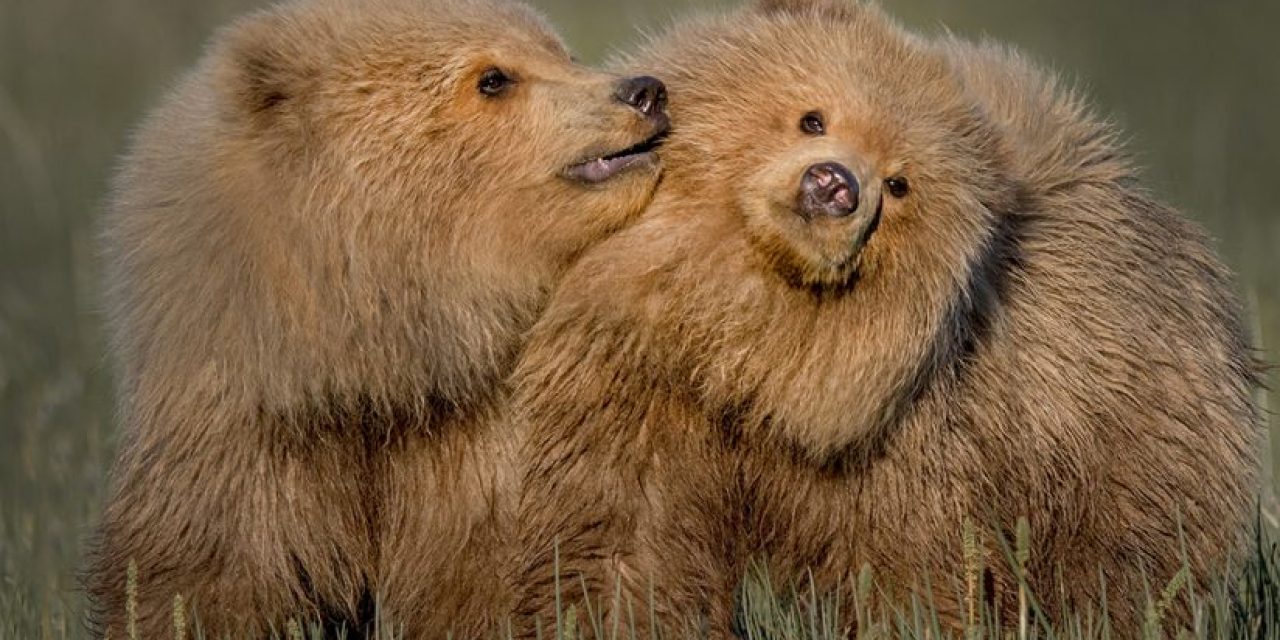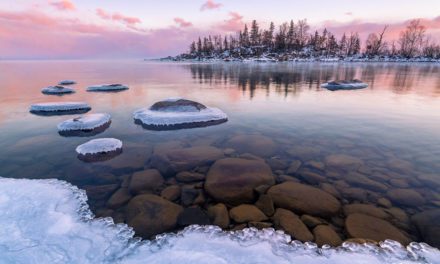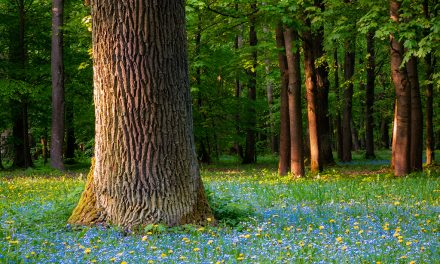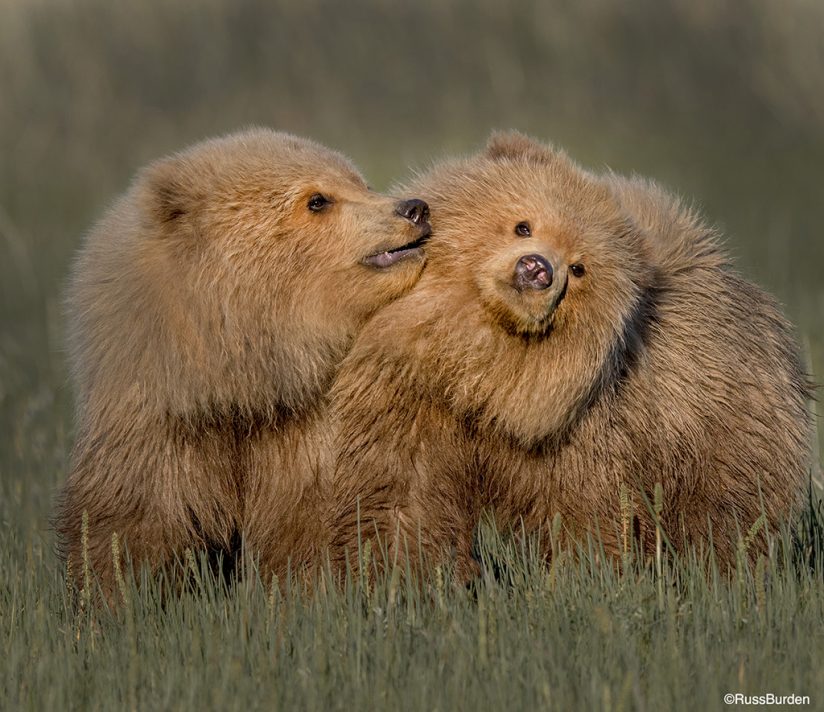
Throughout the history of the art world, major changes and advancements have occurred. During the evolution, it’s seen both revolution and realignments. Regardless of the changes, one aspect has remained constant—portraiture has remained a common subject.
Starting with petroglyphs of hunted animals to the hypnotic eyes and haunting smile of the Mona Lisa to snapshots of your loved ones to wildlife portraits made in the bush, all are created to capture and preserve facial expressions and emotions. As photographers, we strive to press the shutter at the decisive moment to make this happen.
In a fraction of a second, photographers can preserve what takes painters and sculptors months to bring into existence. Imagine going to the Serengeti and hoping the lion or cheetah cubs pose while you chisel the image in stone or set up your oils and easel to capture the moment. A camera is a wonderful tool that permits us to preserve a decisive moment that would otherwise just be a memory in our minds.
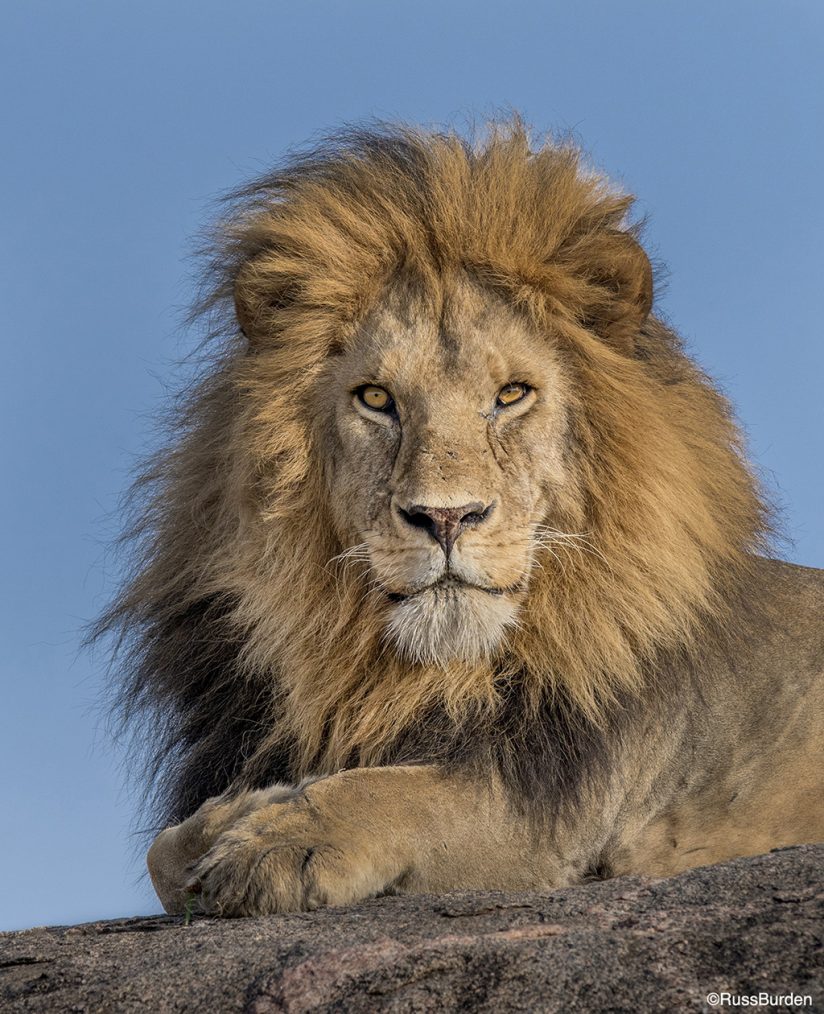
Whether wildlife or people are your primary focus, the same tips and techniques can be applied, so this week’s tip is a twofer! Bonus time. Regardless of the subject, both technical and creative guidelines should be adhered to in order to create a successful portrait.
Technically, the subject should be tack sharp and the exposure spot on. Aesthetically, the composition should be pleasing, have an attractive tonal range, depth of field should be used strategically and the light should complement the subject. Expression and emotion should be highly addressed. Putting all the ingredients into a pot to create a successful meal is easier than you think if you adhere to the following concepts.
The technology incorporated into today’s cameras has eased the burden of attaining proper focus and exposure. What used to be a challenge is now a photographer’s luxury. The accuracy with which autofocus allows sharp photos to be made has evolved exponentially. The same holds true for in-camera metering systems.
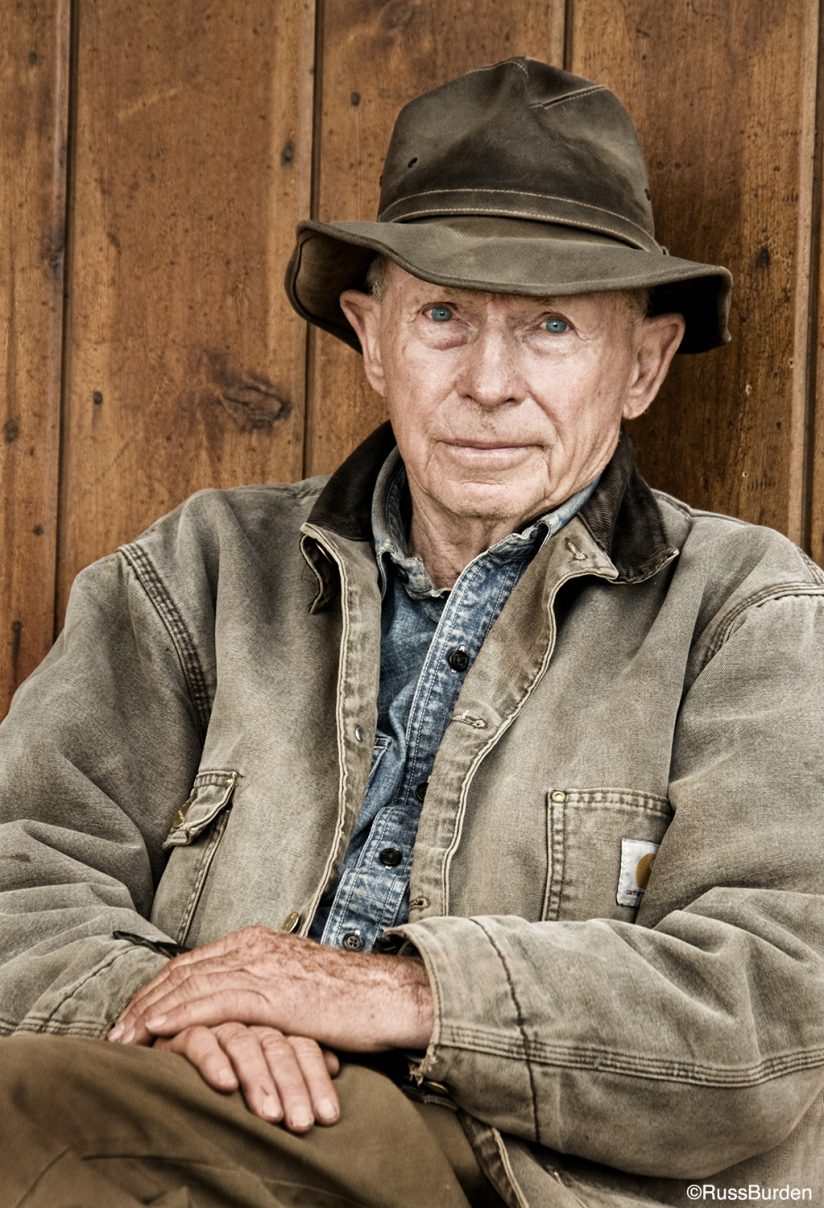
Even with all the advancements, by no means are cameras foolproof. As with any tool, it needs to be used properly. Make sure the autofocus point is squarely placed on the most important part of the subject, most often the eye.
I once overheard a conversation between a disgruntled customer and salesperson about how the $2,000 camera body he just purchased doesn’t focus properly. He had with him a photograph of his two kids to “prove” his point. The horizontal image had an out of focus son on the right and an out of focus daughter on the left. What was in focus was the background. The photographer failed to realize the centrally located focus sensor was placed between his children and the camera focused precisely where it should—on the background. Operator error!
Camera manufacturers put a lot of thought into the production of their products to ensure photographers get the perfect shot. Cameras have autofocus lock buttons that allow the photographer to hold a focus point and then recompose the picture. Additionally, back button autofocus is gaining popularity. Either would have worked in the above example of the two kids.
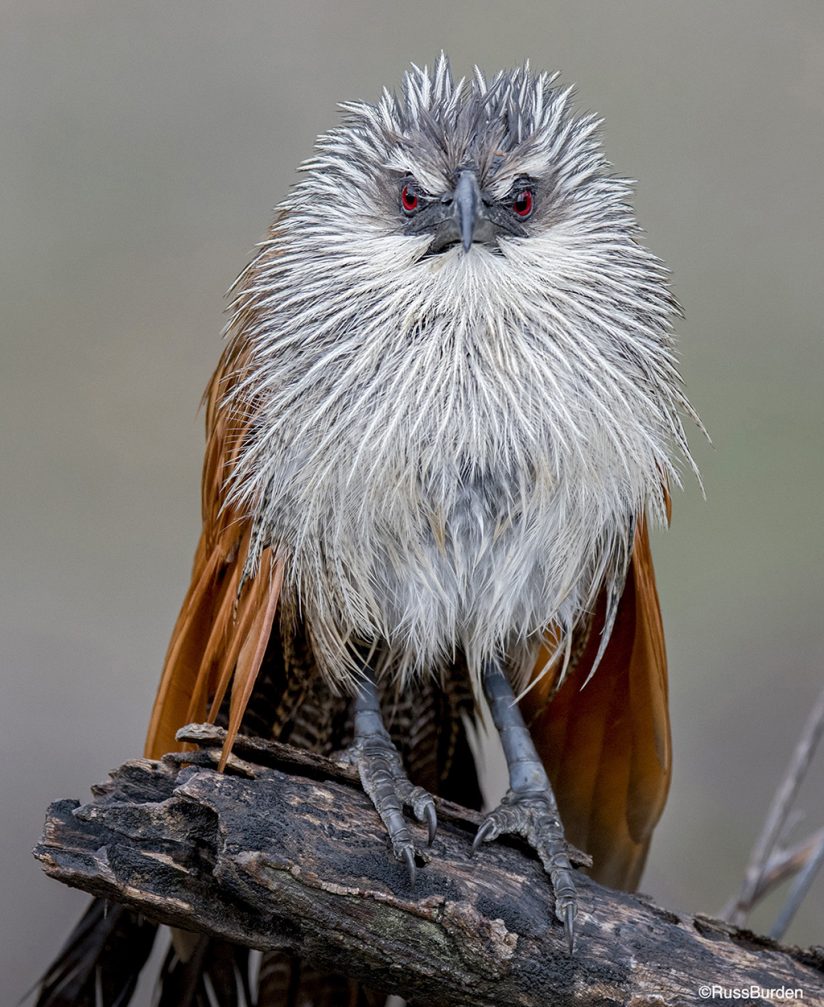
This also holds true in tricky lighting situations. Exposures can be locked in. Take a reading off the most important section, press the shutter down halfway and recompose. With the shutter pressed halfway, the exposure remains locked.
As your photography evolves, you’ll find yourself wanting to override the camera’s automatic settings because you can make better decisions than the camera’s “Auto” settings.
Check out next week’s Tip of the Week for detailed information and settings to control the overall look of your portraits so you can develop more of an “Eye for an Eye.”
Visit www.russburdenphotography.com for information about his nature photography tours and safari to Tanzania.
The post Develop An Eye For An Eye In Portraiture, Part 1 appeared first on Outdoor Photographer.

